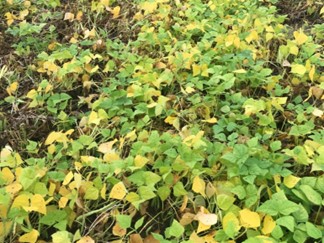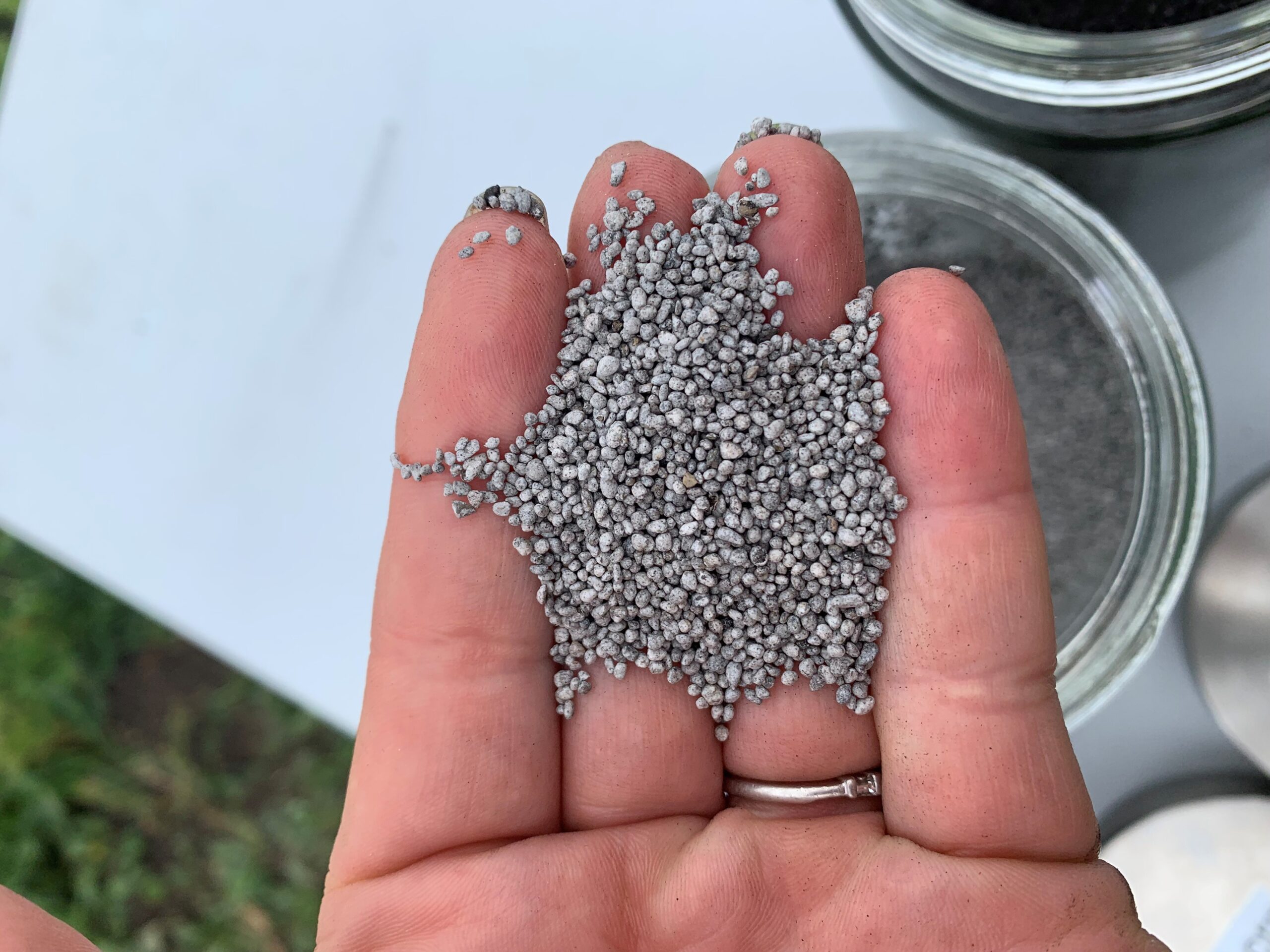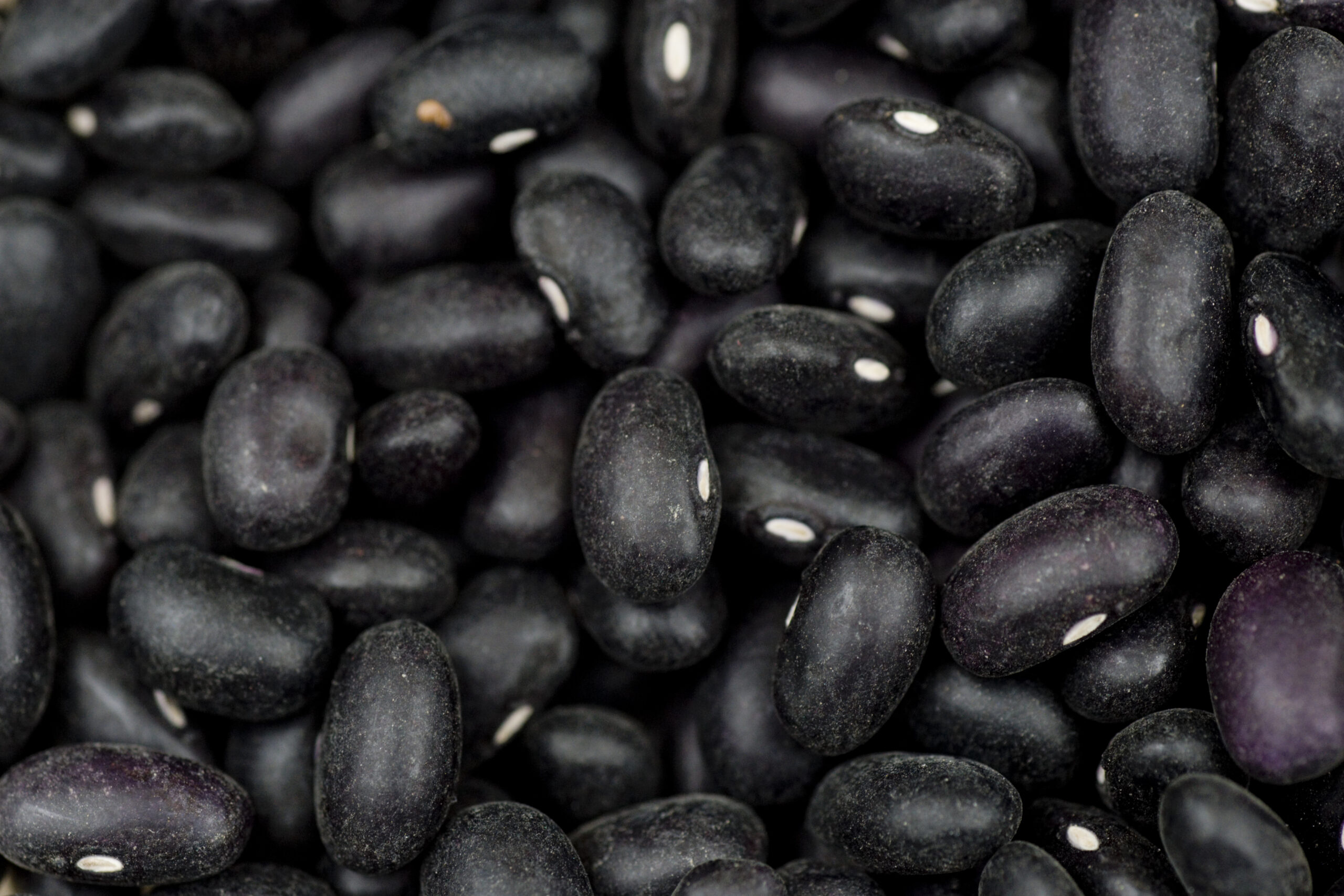Principal Investigator: Dr. Chris L. Gillard
Institution: University of Guelph, Guelph, Ont.
Prepared by: Nate Ort, M.Sc.
This project, led by Dr. Chris Gillard of the University of Guelph (Plant Agriculture), studied important pest management decisions faced by Ontario dry bean producers. There are many problematic pests that can negatively impact dry bean production, and farmers must provide a high level of management to generate desired economic returns. Pesticide products are a high input expense and farmers routinely seek independent advice on product performance and their return on investment. The findings from this research can influence pest control decisions as well as other agronomic management strategies such as product selection and application timing.
Some of the pesticides included in this report are not registered for use in dry bean in Ontario. Always follow label directions when applying pesticides.
Reflecting on 2021
Pesticide use is an important agronomic management strategy for controlling white mould and anthracnose. This research program compares new pesticide control options to existing ones each year using small plot replicated studies at the Huron Research Station. Current experiments include evaluating the impact of plant population and row width, pesticide applications at different times of the day, and the impact of tank mixing a foliar fertilizer with a fungicide.
White Mould
A plant population and row width study was conducted to determine the impact on white mould disease development. Two white mould susceptible varieties (Beryl and Merlot) which have different above ground architecture were grown in this experiment. Both varieties were planted in 38 and 76 cm (15 and 30 inch) row widths at four targeted plant populations: 40, 60, 80, and 100% of 175,000 and 200,000 plants per hectare (ha) (432,250 and 494,000 plants per acre [ac]). Disease severity was moderate and resulted in few yield differences. Canopy cover, seed weight, and seed yield were greater in the narrow row versus wide row for both varieties. The lower plant populations increased plant dry weight, reduced canopy cover, and reduced white mould severity, but did not impact seed yield.
An experiment evaluating the effect of applying Allegro® at different times during a day (6:00, 12:00, 18:00, and 0:00) was conducted at four sites in 2021. Disease pressure was moderate to high in the untreated control and ranged between 32 and 62%. In three of the four sites the untreated control had a lower yield than the fungicide treatments, but there were no differences among the four timing treatments for disease severity or yield. Applying a fungicide at different times of the day does not impact its performance.
Two sites were planted in 2021 to evaluate the effectiveness of different pesticide products that control white mould. In the first site-year Circobin™ was the best followed by Propulse® and Allegro®, and in the second site-year Allegro®, Propulse®, Circobin™, and Cotegra™ were the most effective products. Disease pressure was not evident until late in the flowering period corresponding with the second application timing, so a single application of Allegro® and Propulse® resulted in lower yield in both sites. OxiDate® and Oro®-Solute had disease severity and yield similar to the untreated control which was consistent with previous experiments.
Anthracnose
One of the study objectives was to develop a long-term data set on fungicide effectiveness for anthracnose control and to evaluate its return on investment. Two sites were seeded in 2021 approximately four weeks apart and were inoculated with spores at the beginning of flowering. Disease pressure following inoculation was moderately high at both sites but was relatively slow to develop through the growing season. The strobilurin fungicides (Quadris®, Headline®, Acapela™, and Delaro®) resulted in the lowest disease severity. When Allegro® was applied there was lower disease severity than Propulse® and Circobin™, and higher yield than Propulse®. Miravis® Neo had similar disease severity and yield as the most effective products. OxiDate® and Oro®-Solute reduced disease severity slightly but had similar yield as the untreated control.
Another objective was to evaluate tank mixing foliar fertilizers with anthracnose fungicides to determine if the fungicide’s effectiveness has changed. Combinations of fungicides (Headline®, Quadris®, Allegro®, and Propulse®) and foliar fertilizer products (CropBooster®, Releaf® Mn, and Phi 42K) plus untreated controls were tested. When the fertilizer Phi 42K was used there was less disease than when the other fertilizers were applied alone or with the fungicide Propulse®. All fungicides resulted in lower disease and higher yield than the untreated control and the fertilizer treatments had no negative or positive effect on seed yield when they were applied with a fungicide.
Looking Ahead
Bacterial Diseases
Effectively managing bacterial diseases relies primarily on disease-free seed which is a significant cost to producers. There are three bacterial diseases in Canada: common bacterial blight (CBB), bacterial brown spot (BBS), and halo blight. Plant breeders incorporate genetic resistance for CBB into new varieties but there is limited genetic resistance in key market classes including kidney and cranberry beans. Dr. Gillard and his team are collaborating in a new study to identify sources of genetic resistance to BBS and understand how this resistance interacts with other bacterial diseases.
Root Rot
Root rot is caused by a complex of fungal species in the soil and is considered by many as the greatest pest problem of dry bean. Current recommended agronomic management practices focus on cultural control methods, such as applying a nitrogen fertilizer and using seed treatments. These controls are being evaluated to manage early season infection and determine their season-long effectiveness. Dry bean seed companies regularly use up to six different seed treatment products to manage the root rot complex in Canadian soils. There is a great requirement to document the effectiveness of all products, their interaction with each other, and the potential synergy of using both fertilizer and seed treatments.
Soybean Cyst Nematode
Dry bean is an alternate host to soybean cyst nematode (SCN) which is the largest pest worldwide of soybean. Dr. Gillard and his team were the first to identify SCN in dry bean in Ontario which could negatively impact dry bean production in Ontario. Genetic resistance is a key management tool for soybean, and preliminary research shows there can be resistance in some dry bean market classes. A field study to evaluate dry bean market class resistance to SCN has been initiated at Rodney and Harrow. Further work in this field is crucial as genetic resistance will be needed to effectively manage SCN in dry bean.
Western Bean Cutworm
Western bean cutworm (WBC) recently became established in Ontario and causes dry bean production issues. The management of this pest in dry bean is not well understood yet and a new graduate student study has been initiated focusing on field thresholds, insecticide application timing, and alternate control methods for overwintering populations of WBC.
Key Findings
- Lower plant populations increased total dry weight, reduced canopy cover and white mold severity with no impact on seed yield.
- In field trials, white mould was not evident until late flowering and, therefore, a single application of Allegro and Propulse resulted in lower yield in both sites.
- First report of soybean cyst nematode in a commercial dry bean production field in Ontario and Canada: First report of Heterodera glycines infecting commercial dry beans (Phaseolus vulgaris) in Canada
- Full report: Edible Bean Agronomy And Pest Management Research Results
- Applying the fungicide Allegro® for white mould control at different times of the day does not affect this product’s performance.




